Robot Girlfriends, Robot Firefighters, Robot Dogs, Robot Maids and Beyond
A closer look at some of the leading Chinese robotic firms, from humanoids to quadrupeds
Hi all, I returned to my first Substack original post at the beginning of October 2024, surprising myself that it had been only a few months since I fully committed to this platform.
This has been a learning journey, both about the topics I cover and about running a successful newsletter. As I continue deepening my research, I aim to improve reader engagement. If you have the time, please DM me through the platform to provide feedback.
It also means a lot and helps my content reach more people if you like and share the articles you enjoy. This will improve the feed recommendation algorithm and help
grow. Thank you!Following my guest post for , written in collaboration with on Physical AI, humanoid robots, and a deep dive into Unitree, this is Part 2. For Part 1, see here: Introducing Unitree, China’s leading AI-embodied Robotics Company.
Many knowledgeable analysts and writers are covering U.S. robotics development on Substack, from Tesla’s Optimus, Figure AI, Boston Dynamics, Agility, and many more. Today, I want to do something that not as many people are doing on Substack: dive deeper into the Chinese robotics landscape simply because - LOOK at the chart below.
“The United States invented robotics, but like so many other industries, it lost leadership to foreign competitors,” said Robert D. Atkinson, president of ITIF and author of the report. “Companies in many other nations were willing to invest for the long haul. Now, America will not restore its robotics industry if most of the demand for robotics is outside the U.S., especially as China catches up.”
But first, let’s quickly wrap up the Unitree section. As promised, we’ll look at the robots’ specs and use cases.
Unitree Part 2
Unitree Robotics offers a diverse range of quadruped robots designed for various applications, and they’re all about being “agile and affordable,” they categorized the bots into several series:
Go Series (the robot dogs): Designed for consumers and researchers, featuring advanced AI capabilities, a compact design, and high speed.
B Series (for business use): Industrial-grade quadruped robots with high payload capacity and enhanced environmental tolerance for demanding tasks.
Humanoid Robots (the human-looking ones): Advanced humanoid robots designed for research, development, and potential applications in various fields.
LiDAR Sensors: High-performance LiDAR sensors for enhanced perception and navigation in robotics and autonomous systems.
This is the Go2 Robot Dogs that took over the internet
What is shocking is that the Go2 robot without a controller sells for only $1600 on its website—less than the cost of some gaming consoles. According to a Chinese VC investor, most of the robots are currently sold to universities and research labs internationally, and they’re mostly used for program training and research. Though cheap, people have not yet found a significant mass market need.
In terms of applications, think of it like this: consumer robots focus on home use—entertainment and companionship—while the B2 robots are often designed for demanding tasks in sectors like energy and emergency services, handling inspections, and rescue operations.
The company has said that there are many different potential use cases (with the help of Perplexity):
Inspection and Surveillance: Robots like the B2 can perform inspections in industrial settings and are equipped with thermal and gas detection modules to monitor hazardous areas efficiently.
Logistics and Delivery: The B2 robots excel at transporting goods in warehouses and outdoor environments. Thanks to its robust payload capacities, it can handle heavy loads over extended periods.
Research and Education: The Go1 EDU and humanoid robots serve as educational tools in robotics and AI, providing hands-on learning experiences through advanced sensors and programming capabilities.
Disaster Relief: Unitree robots are designed to navigate hazardous terrains, aid search and rescue operations by carrying supplies, and assist responders.
Defense Applications: The Go1 has been utilized in military drills, showcasing its potential for tactical training and operations.
The key distinctions between Unitree's consumer-grade and industry-grade robots are pronounced based on the co-founder’s analysis, and they’re mainly in these areas:
Performance: The B2 industrial robot boasts a payload capacity of 50 kg, far exceeding the Go2 AIR's 5-8 kg limit.
Protection Level: The B2 achieves an IP68 rating, ensuring it is waterproof and dustproof, while the Go2 lacks such protection.
Mobility: The B2 can navigate obstacles up to 1.2 meters high, compared to the Go2's limit of just 16 cm.
Battery Life: The Go2 operates for about two hours on a single charge; the B2 lasts over five hours.
They’re probably one of the best-selling robots right now. Still, we’ve not seen mass adoption in our day-to-day lives yet due to technical, regulatory, and ethical challenges, which we’ll discuss further below. As of now, Unitree Robotics is probably the closest one to be able to reach us by mass. The CEO, Wang Xing Xing, has vowed at the 2024 CES that he plans to keep humanoid robots priced below $90,000 to enhance accessibility.
Ok, that’s it for Unitree. To learn more about the company’s founding story and Wang Xing Xing, check out Part 1. Let’s zoom out a bit.1
The Convergence of AI and Robotics
We’re at a tipping point for autonomous humanoid robots, where the convergence of GenAI technology and machinery is happening. Here, I wrote a basic primer on Physical AI and what makes humanoid robotics special.
In China, specifically, robots are taking over the world quicker than people expected. “China does not yet appear to be leading in robotic innovation, but … it is likely only a matter of time before Chinese robotics companies catch up to the leading edge,” the Information Technology and Innovation Foundation (ITIF) said in a report released in March 2024, based on SCMP’s report.
Earlier this week, Nvidia's Founder and CEO, Jensen Huang, spent five days in major Asian cities: Shenzhen, Taichung, and Beijing. He engaged in low-key discussions with partner companies on cutting-edge technology topics such as liquid cooling, silicon photonics, embodied intelligence, and robotics.
With Huang’s recent firm conviction that Physical AI is the next era of AI (expressed at CES and quite literally everywhere he speaks), we can see that he planned strategic meetings with the founders of robotics innovators coming out of China. It’s consistent with his messaging and his interests. He said at his HKUST fireside chat late last year that China has an advantage in robotics, given its know-how in mechatronics. With the rise of DJI and SenseTime, a generation of strong hardware/ software integration engineers were trained in China over the last decade.
China’s Major Robotics Players
Judging from the leaked seating arrangement on WeChat of the appreciation banquet in Beijing, numerous luminaries from the humanoid robotics sphere were invited to attend. Among them were Wang He, the founder of Galbot Robotics; Wang Xingxing, CEO and CTO of UniTree Robotics; Nie Xiangru, co-founder and COO of Paxini Tech (TORA-ONE); and Professor He Bin from Tongji University.
A screenshot of the founder, He Wang, of Galbot’s WeChat moments went viral, referring to Huang as the “godfather.” Wang wrote: “The first thing that Godfather said to me was ‘I saw Galbot. That’s really cool.” He added that “partnership and recognition are mutual and are based on shared values” while sharing a picture of the seating arrangement where he sat next to Jensen during the dinner.
Other notable founders at the banquet obviously include our recently covered protagonist, Unitree Robotics’ Wang Xing Xing.
This wasn't the only big AI gathering this week in Beijing. DeepSeek’s founder, Liang Wen Feng, met with Chinese Premier Li Qiang at a meeting, where the senior politician met with various business leaders to get their feedback. This event was widely covered by China’s national state broadcaster, CCTV.
In addition, at the World Economic Forum in Davos, Switzerland, Chinese Vice Premier Ding Xuexiang said yesterday that China is developing AI to accelerate economic transformation, achieve Chinese modernization, and enhance the quality of life for its more than 1.4 billion population. He added that the country has implemented robust regulatory frameworks and mechanisms to ensure the responsible use and management of AI technologies.
You can say, it’s an all-hands-on-deck and let’s build some AI/ robots kind of moment for Beijing.
Real-Life Use Cases and Risks
Looking at real-life use cases, it’s crazy to imagine that the available robots can be used in so many ways, basically in any way a human could function.
wrote about LAFD using robots to help with the recent tragic fire engulfing Los Angeles. Maybe a more advanced humanoid version could even help rescue people from fire one day.In the Galbot video, you can see the humanoid robot has four main application use cases: home for cleaning, retail for restocking shelves, manufacturing such as lifting and transporting goods, and helping out at the pharmacy. Here, it highlights the home scenario.
The Unitree humanoid robots can be folded up for transportation when shut off. When turned on, it can be your running companion, help you open a Coca-Cola bottle, flip a pancake in a pan, and fight you with a stick. This is absolutely wild.
And in this case, China will host the world’s first human-robot marathon in the Daxing district in Beijing this April. About 12,000 humans and robots from more than 20 companies will partake in the 21 km race.

Hurdles to Adoption
There are a number of gating factors to still consider. Deployment costs and data collection challenges remain significant hurdles for humanoid robots, compounded by limited dexterity and unstable connectivity. Effective operation requires robust real-time data processing and high-bandwidth, low-latency networks for over-the-air commands.
The widespread commercialization of humanoid robots faces numerous technological and societal obstacles. On the technical front, developing humanoids capable of navigating complex human environments will necessitate advancements in generative AI tailored specifically for these robots. Current cognitive capabilities are rudimentary, highlighting the need for enhanced "thinking" abilities.
Moreover, improvements in precision actuators, sensors, and battery life are essential to broadening the range of tasks humanoids can perform. Despite decades of robotics development, the rapid emergence of generative AI may lead to scenarios in which humanoids' cognitive capabilities are their physical capabilities, which could create potential hardware bottlenecks, malfunctions, or robots going completely rogue.
Social, policy, and safety considerations—similar to those of autonomous vehicles—pose additional challenges. The thing is, technology is advancing so fast that policy makers and regulators cannot even keep up. Any law that comes through is practically already “too late,” as the technology is already on to its next more advanced rendition.
The Moral Dilemma
Beyond technological hurdles, I think the other aspects of the risks are actually more philosophical and much harder to grapple with. When I saw the demo video for Galbot’s human maid, I was shocked to see that the child in the demo to throw the trash bin on the floor and running off while the robot replies with “I will pick up the trash”. As a mother of a toddler, I am putting much of my effort into teaching her mannerisms, how to behave, how to chew with her mouth closed, how to greet people with respect, and how to pick up after herself. Are we going to lose our humanity?
In the Unitree demo, the robot was also repeatedly kicked and pushed to test its durability and balance. Again, should we treat them that way?
My husband made fun of me when he saw how I was talking to Perplexity. I always start with “Could you please?” and often end my requests with “Thank you.” It’s not intentional, but it’s just how I’ve been wired to speak to people when asking them to do something. I unintentionally wrote like that to the machines. So, how should we be interacting with the robots? Can someone please provide a guideline? If not, at least some etiquette training or a set of norms to follow.
This also goes back to what I brought up in the Physical AI primer article: Where is the moral line between what cheating is and what is not? I was speaking to
(who wrote a Physical AI piece here) a few days ago, and she said she saw a company called Exrobot (see instagram screenshot) where they were creating companion robots, aka robot girlfriends. How will people treat them? Will we see a robot edition of Planet of the Apes one day where the robots will revolt and keep track of a good list and naughty list of humans?In the 2025 Predictions episode of the All-In podcast, Jason Calacanis said that there’s a psychological aspect of dominance and control when humans abuse the machines, it’s really to assert superiority and make sure they’re still in power. I mean, probably, that sounds logical but that’s pretty awful isn’t it.
I really don’t have the answers to these, but they’re making me increasingly wary of embodied AI and quite certain that I wouldn't want to bring one into my household; heck, I don't even like Siri or Alexa. Anyway, Diana and I will dive deeper into this topic another time to complement our initial feelings of shock and fear with more technical and scientific research.
Conclusion, For Now
Looking at the two biggest players in robotics and AI, it’s the U.S. and China, once again. The United States excels in innovation and research, backed by a skilled workforce and proactive adoption of Industry 4.0 technologies. Yet, high integration costs and a lack of standardization have hindered broader implementation.
And conversely, countries like China can benefit from a robust manufacturing base and strong government policy-driven support, exemplified by initiatives such as "Made in China 2025," which aim to position the nation as a leader in robotics innovation. And we’ve seen the rise of Chinese robotics firms capturing a substantial share of the global market. However, challenges persist, including reliance on foreign technology and concerns about job displacement due to automation.
But no matter where you are, there is the issue that everyone faces, which is the undeniable job and thus societal disruption as automation becomes more prevalent, the ethical decisions we’ll need to make as humankind, and the safety risks we will inherently create and bear responsibility for our future generations.
Last hot take of the day: I think, in the space of Physical AI, first movers may not have the upper hand. Given how fast the technology is developing, there could be new players that completely leapfrog the current models available if they can integrate AI better into the mechanics of robotics. What we THINK is the next use-case might not be what sticks around.
This is part of a series on Physical AI. We’ve started with humanoid and quadruped robotics. And I have a few articles I’m working on with collaborators which will be on autonomous driving, EVs pivoting to AI-first companies, and then lastly, industrial robots (which are not as cool looking but definitely will be the most impactful on our labor force, if not already replacing many blue-collar workers). Actually, see
’s post here that talks about the consolidation in the warehouse automation space here.I will publish Unitree deep dive part 1 on AI Proem in ~2 weeks time.


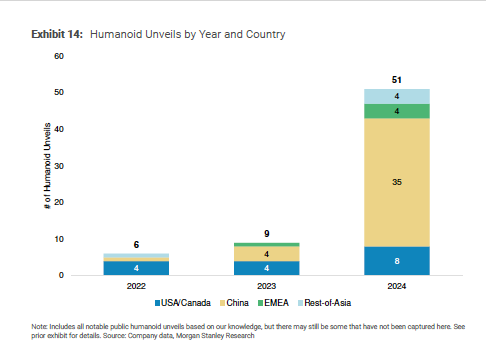
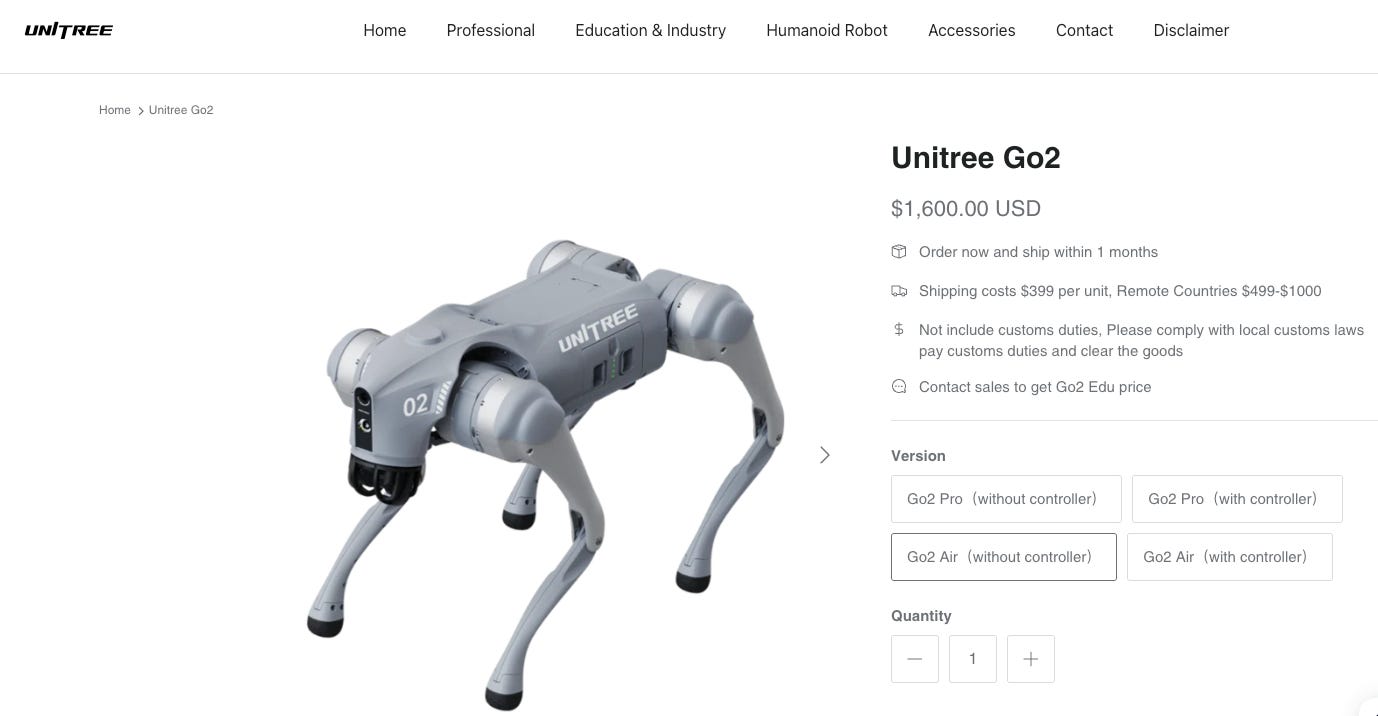
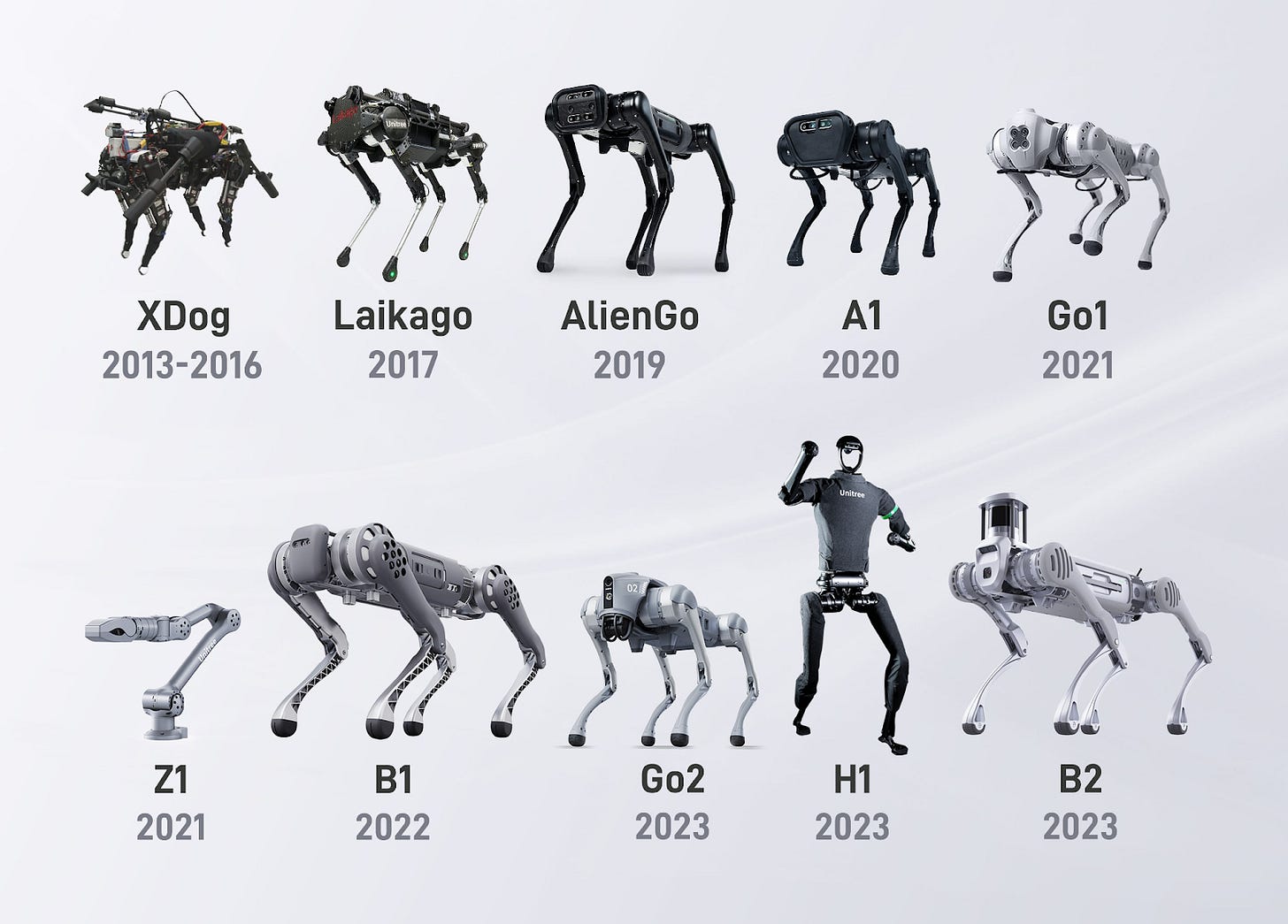
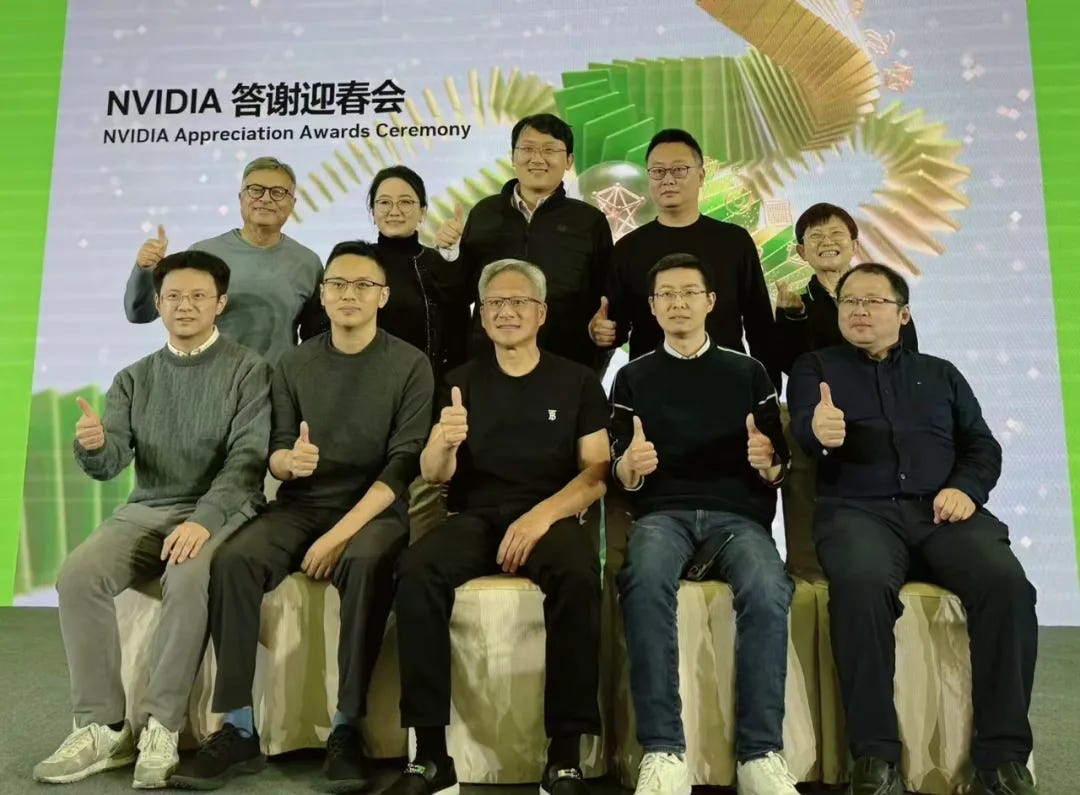
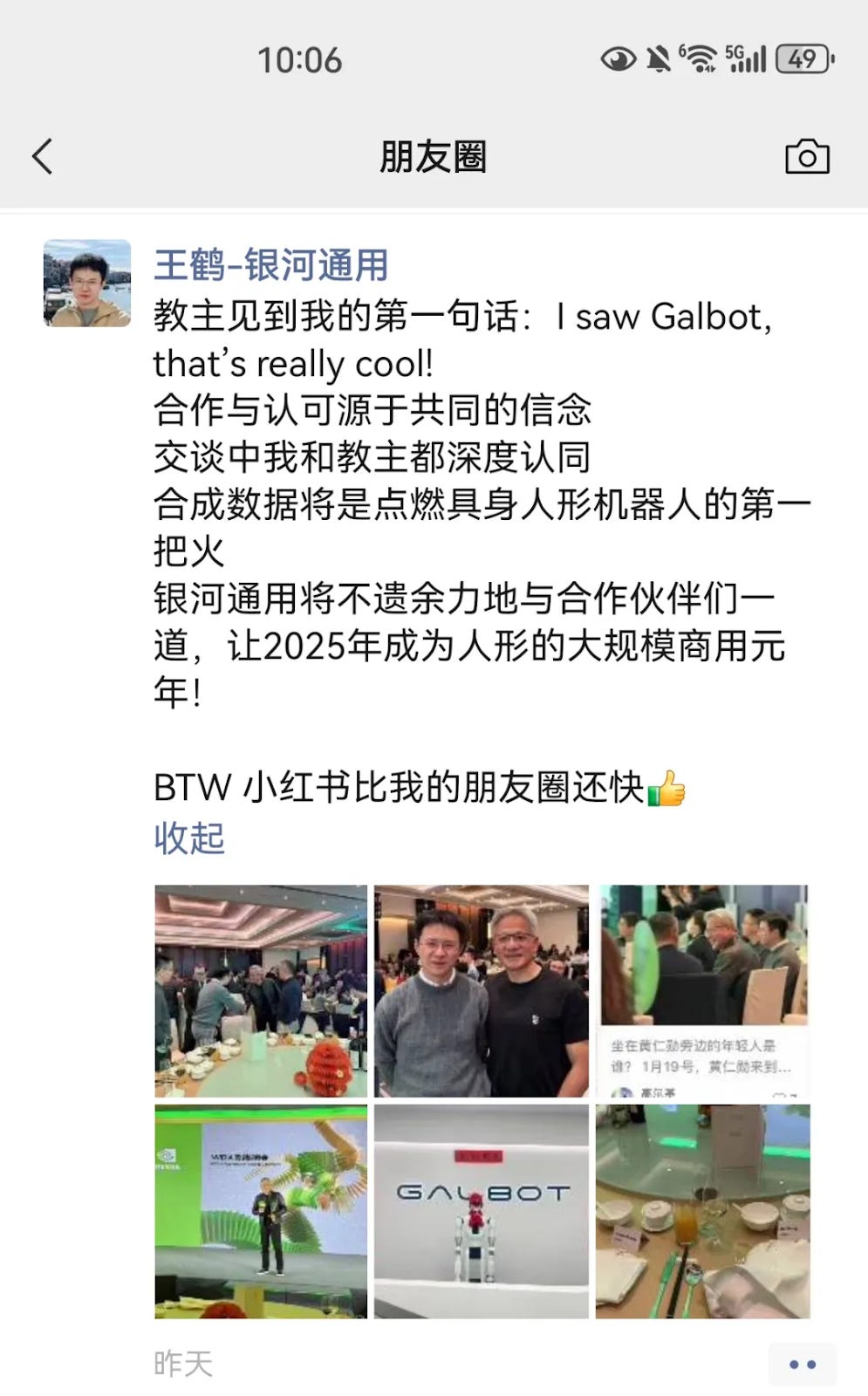
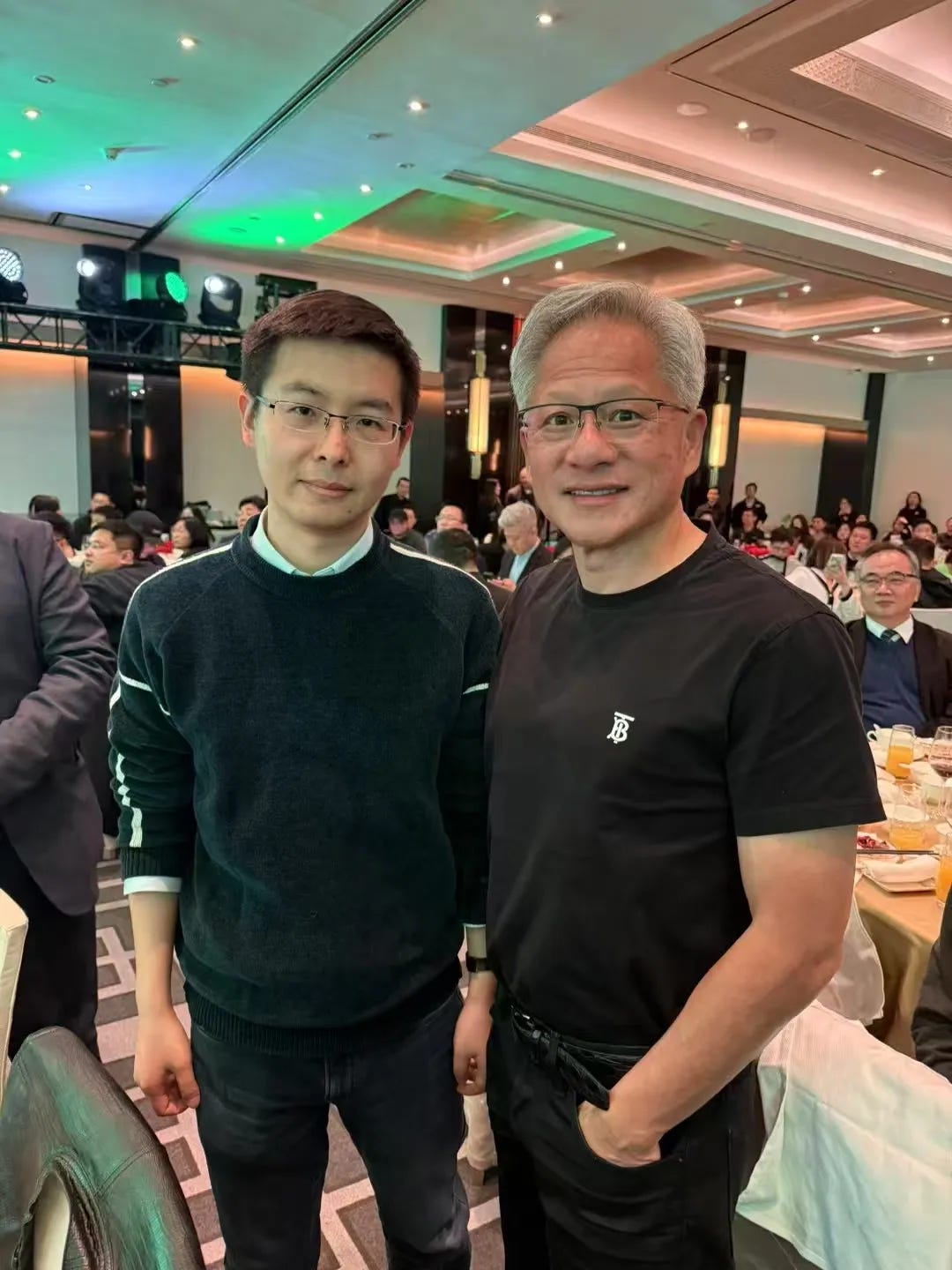
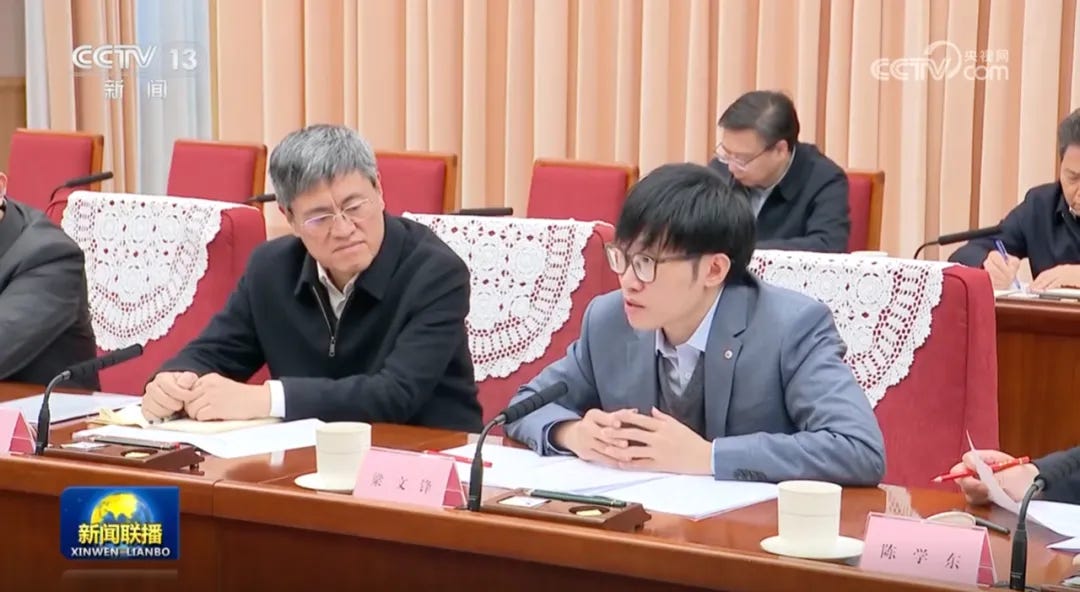
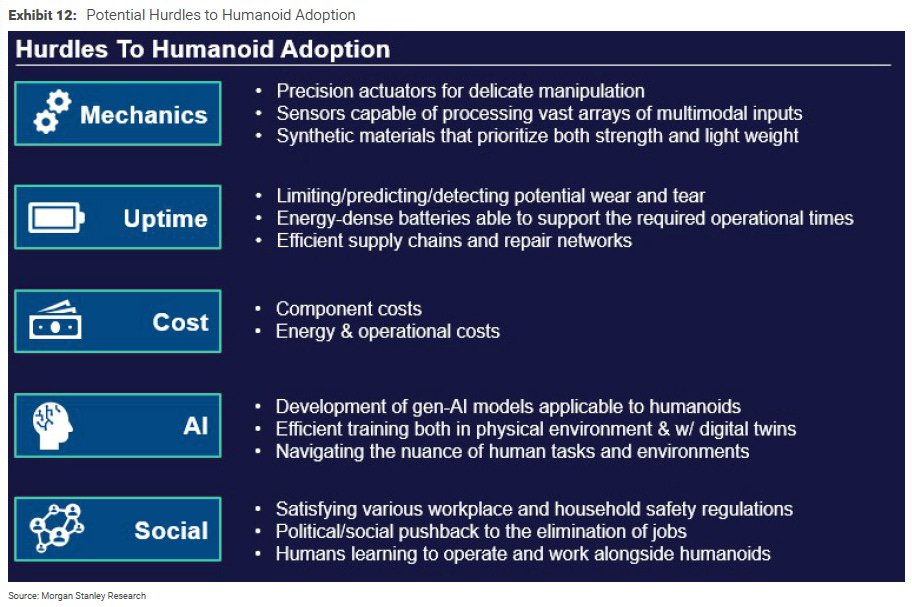
improve so fast…
improve so fast….